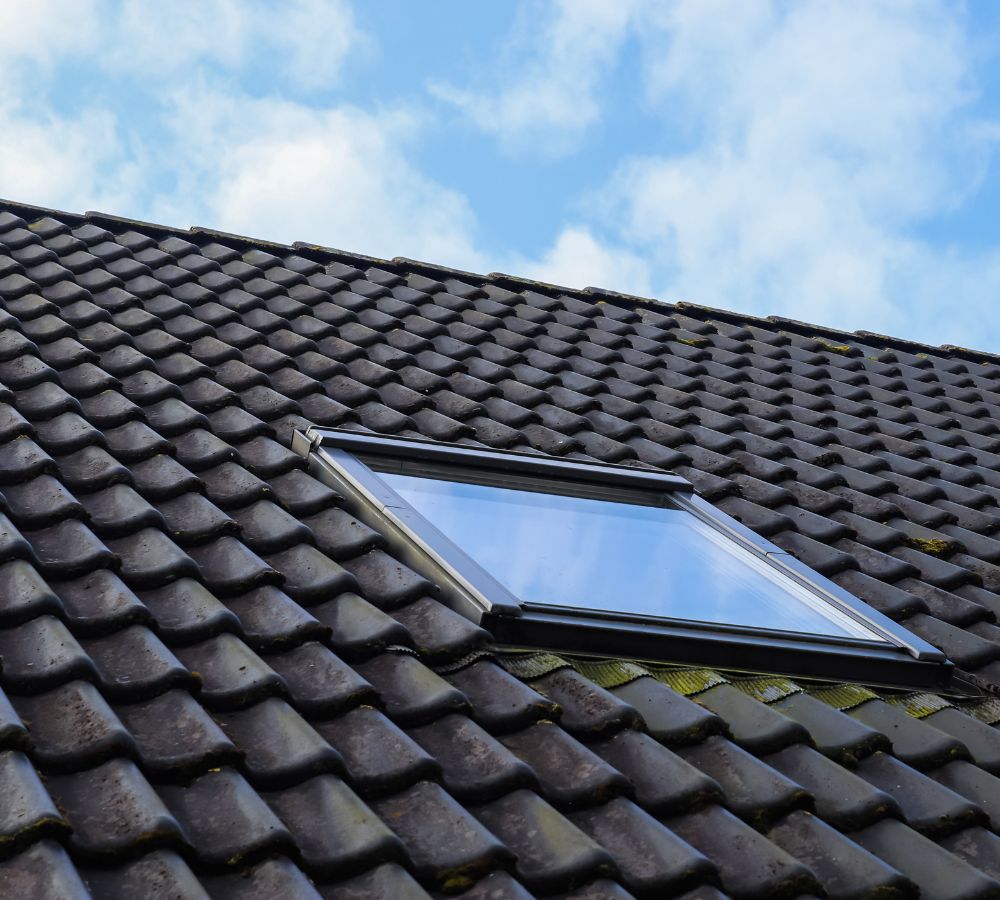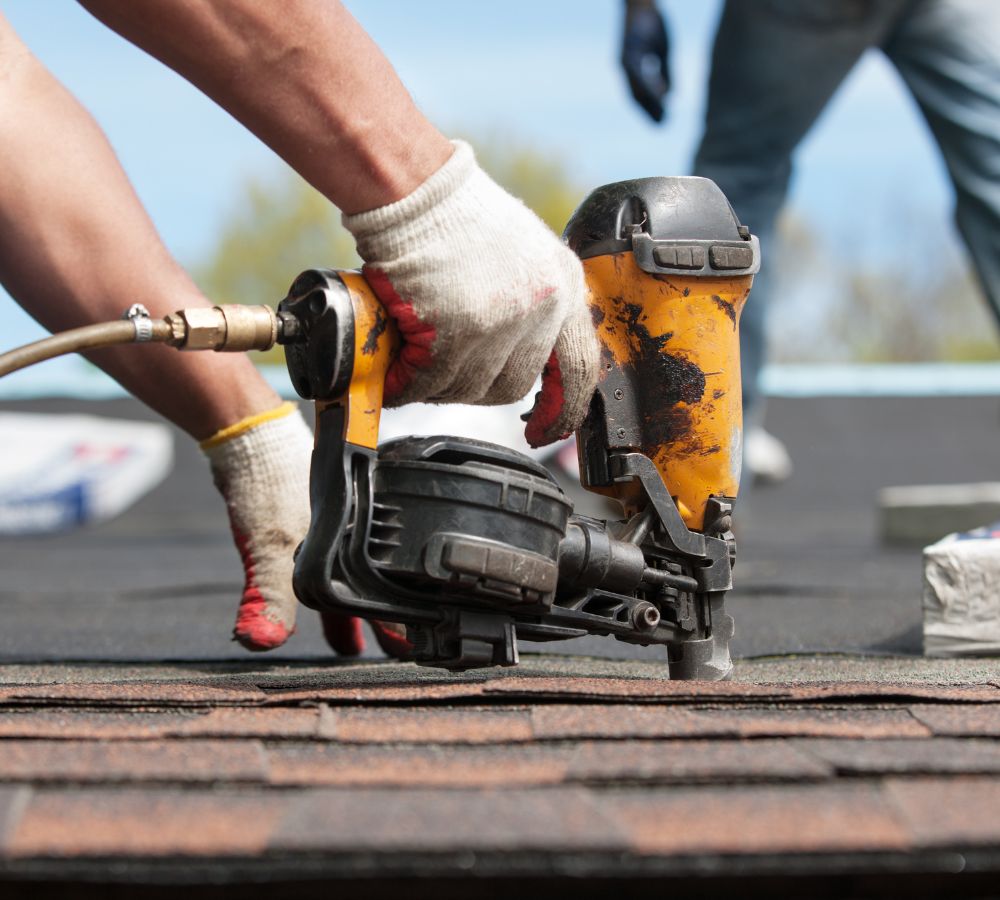How much roof sag is acceptable. As a homeowner, understanding how much roof sag is acceptable is crucial for maintaining the integrity and safety of your property. While some amount of sag is normal, excessive sag can compromise your roof’s structural integrity and lead to further damage. This comprehensive guide will delve into roof sag and provide guidance on the acceptable limits and guidelines for roof sag.
Whether you are building a new home, renovating an existing property, or assessing the condition of your roof, understanding the roof sag acceptable limits and guidelines is essential. By familiarizing yourself with the factors contributing to roof sag, measuring methods and acceptable roof sag range, and the impact of roof sag on your home, you can take proactive steps to prevent and address the issue within the appropriate range.
So, how much roof sag is acceptable? Let’s explore this topic in-depth and gain insights into ensuring your roof remains structurally sound and safe for years.
What is Roof Sag?

Before determining how much roof sag is acceptable, it’s important to understand what roof sag is and the standards and tolerance levels associated with it. Roof sag refers to a roof structure’s downward displacement or deformation over time. It can occur due to the weight of roofing materials, improper installation, inadequate support structures, and environmental conditions.
Roof sag standards and tolerance levels provide a basis for determining whether the amount of sag is acceptable or requires intervention. A good rule of thumb is to measure the sag and compare it to the acceptable limits provided by industry guidelines and regulatory bodies.
Roof sag tolerance and standards vary depending on several factors, such as the type of roofing material used and the span of the roof structure. It’s important to ensure the acceptable range is adhered to, as excessive sag can compromise the structural integrity of your home and lead to other issues, such as water damage and decreased energy efficiency.
The Importance of Addressing Roof Sag
Addressing roof sag is crucial for maintaining the structural integrity of your home. By understanding acceptable roof sag measurements and determining acceptable sag levels early on, you can prevent further damage and ensure the safety of your property.
Roof sag can lead to various issues, including damaged walls and ceilings, compromised structural integrity, and even safety hazards. Additionally, excessive roof sag can result in water pooling on the roof, leading to leaks and water damage inside your home.
Recognizing and addressing roof sag issues within acceptable limits is essential. If left unaddressed, excessive roof sag can result in costly repairs and even the need for a full roof replacement.
Regular maintenance and inspections can help detect and address roof sag issues early. By identifying and correcting sag within acceptable limits, you can help prevent further damage and prolong the lifespan of your roof.
Factors Contributing to Roof Sag (How much Roof Sag is Acceptable)

Several factors can contribute to roof sag. One of the most significant is the weight of the roofing materials. Over time, heavy materials like concrete tiles or slate can cause a roof to sag due to their weight. Improper installation can also contribute to roof sag, as can inadequate support structures. Environmental conditions such as extreme temperature fluctuations or excessive moisture can also lead to roof sag.
Roof sag range varies depending on these contributing factors. For example, the allowable sag for a roof with concrete tiles may differ from that of a roof with asphalt shingles. The span of the roof structure is also a factor that can influence acceptable roof sag measurements.
It is important to note that not all roof sag is problematic. Some degree of sag is normal as a roof ages and settles. However, if the sag exceeds the acceptable range, it can lead to serious structural problems and compromise the safety of your home. Read also: How to Clean the Roof Vent
How to Measure Roof Sag
Properly measuring roof sag is essential for determining its acceptability. There are several methods and tools available to measure roof sag accurately.
One common method is to use a string line or laser level to measure the distance between the underside of the roof deck and the top of the roof framing at various locations along the roof. The measurements can then be compared to the acceptable roof sag range to determine whether the sag falls within acceptable limits.
Another method is to use a water level to measure the roof’s slope and determine whether it is within acceptable limits. This method involves filling a tube with water and placing it on the roof, with one end at the highest point and the other at the lowest point. The roof’s slope can then be calculated based on the water level difference between the tube’s two ends.
It is also important to consider the type of roofing material and the span of the roof structure when determining acceptable roof sag levels. For example, a metal roof may have a different acceptable sag range than a shingle roof due to differences in material properties and installation requirements.
Overall, properly measuring roof sag and comparing it to acceptable limits is crucial for identifying potential issues and taking appropriate action to maintain your home’s structural integrity and safety.
Acceptable Roof Sag Limits

Understanding the acceptable range of roof sag is crucial for identifying potential issues and taking appropriate action. The amount of acceptable roof sag will depend on several factors, including the type of roofing material and the span of the roof structure.
According to industry standards, asphalt shingle roofs’ acceptable roof sag range is typically between 1/4 inch and 3/4 inch over a 32-inch horizontal span. The acceptable range for wooden shingle or shake roofs is between 1/4 inch and 1/2 inch over a 24-inch horizontal span.
It is important to note that these guidelines are not absolute and may vary depending on the specific circumstances of your roof. For example, if your roof has a steep pitch or is located in an area with heavy snowfall, the acceptable sag range may be less.
Measuring your roof sag regularly and comparing it to the acceptable range can help you identify potential issues before they become severe. If your roof’s sag exceeds the acceptable limits, it is crucial to take prompt action to prevent further damage and ensure the safety of your home.
Signs of Excessive Roof Sag
Recognizing the signs of excessive roof sag is crucial for addressing the issue promptly. You should regularly inspect your roof for any signs of sagging. Here are some visual indicators and structural symptoms that may indicate a roof sag problem beyond acceptable levels:
- Sagging roofline: Check your roofline for any visible dips or sags.
- Uneven roof: If your roof appears uneven or warped, it may indicate excessive sagging.
- Ceiling or wall cracks: If you notice any cracks on your ceiling or walls, it may be caused by the stress of a sagging roof.
- Doors and windows: If your doors and windows are not closing or opening correctly, it could be due to a sagging roof putting pressure on the frame.
- Sagging or bowed roof decking: Check for any visible signs of sagging or bowed decking boards.
If you notice any of these signs, it is important to contact a roofing professional to assess the situation immediately. Determining acceptable roof sag levels early on can help prevent further damage and ensure the safety of your property.
The Impact of Roof Sag on Your Home
Understandably, you may wonder why it is vital to determine acceptable roof sag measurements and levels. The answer is simple: excessive roof sag can negatively affect your home.
First, compromised structural integrity is a significant risk associated with roof sag beyond acceptable limits. The weight of the sagging roof can cause damage to the supporting structures, leading to further deformation and even collapse.
Second, excessive roof sag can also result in water damage. When your roof sags, water pools in the low spots, leading to leaks and increased potential for water damage.
Third, roof sagging can impact your home’s energy efficiency, increasing heating and cooling costs. The sagging roof can create gaps and spaces that let your home’s temperature-controlled air escape, leading to higher energy bills.
Recognizing and addressing roof sag within acceptable levels can help prevent these problems and maintain a safe and comfortable home.
Preventing and Correcting Roof Sag

To prevent and correct roof sag within acceptable limits, you should follow a few guidelines. First, reinforce the roof’s supporting structures to ensure they can handle the weight of the roofing material. Replace or repair damaged components, such as rafters or decking, to prevent further sagging.
Maintaining proper maintenance practices is key to preventing and correcting roof sagging. Clean gutters regularly to prevent water from accumulating on the roof, which can cause sagging. Ensure proper attic ventilation to prevent excess moisture buildup, which can lead to rot and decay of the roof’s structural elements.
It’s important to note that if roof sag exceeds acceptable limits, it’s best to consult a professional roofing contractor. They can assess the extent of the damage and recommend appropriate corrective measures.
By adhering to roof sag acceptable limits and guidelines and taking prompt action to prevent and correct any issues, you can maintain your home’s safety and structural integrity and avoid costly repairs down the road.
Professional Roof Inspection and Maintenance
Regular roof inspections and maintenance ensure your roof remains within acceptable sag levels. It is recommended to engage the services of a professional roof inspector to identify any potential issues and provide appropriate recommendations.
During inspections, a professional roof inspector will measure the roof sag and compare it to the acceptable roof sag measurements and guidelines. The inspector will recommend corrective actions to address the issue if the sag exceeds acceptable levels.
Following recommended maintenance practices can also help prevent roof sagging from becoming a problem. Proper maintenance includes:
- Removing debris.
- Keeping gutters and downspouts clean.
- Ensuring the roof is free of any damage or wear contributing to sagging.
You can avoid potential structural damage, water intrusion, and decreased energy efficiency by taking proactive steps to prevent and address roof sag within acceptable limits. Remember, consulting with professionals and following recommended maintenance practices are key to maintaining a safe and stable roof.
Understanding Warranties and Roof Sag
When it comes to roofing warranties, understanding the standards and tolerances for roof sag is crucial. Many warranties roofing manufacturers or contractors provide specific terms related to acceptable roof sag levels. If your roof sags beyond the acceptable limits outlined in the warranty, you may not be eligible for coverage.
It is important to carefully read and understand the terms of any roofing warranty you receive. Roofing warranties may vary depending on the type of roofing material, the installation method, and the roof’s age. Make sure you ask questions and clarify any unclear terms before signing the warranty agreement.
Compliance with warranty requirements, preventive measures, and corrective action are essential to address roof sag issues within acceptable limits. Regular roof inspections and maintenance are crucial for identifying and addressing roof sag problems before they escalate. Engaging professional roof inspectors and adhering to recommended maintenance practices can help you achieve this.
Conclusion
Understanding how much roof sag is acceptable is crucial for maintaining your home’s structural integrity and safety. By familiarizing yourself with the permissible limits, measuring methods, and signs of excessive sag, you can take proactive steps to address the issue within the appropriate range. So, remember the importance of understanding how much roof sag is acceptable and taking the necessary steps to prevent and mitigate any problems that may arise.







